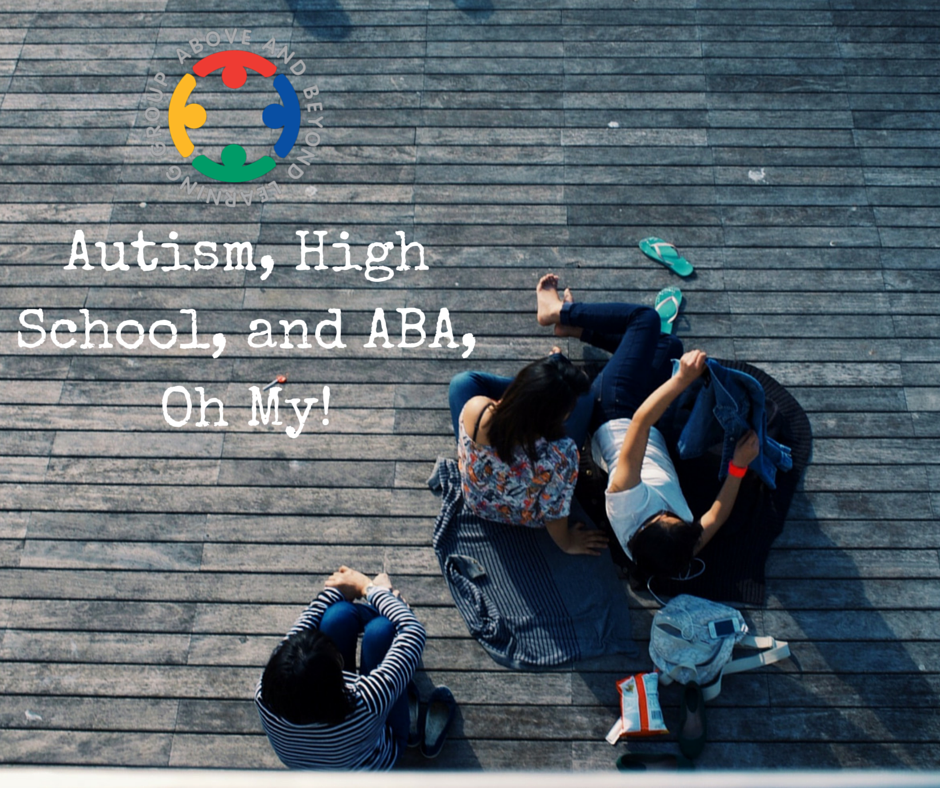
The transition to high school is exciting and terrifying all in the same. Some students – with or without Autism – may be overwhelmed by new peers, teachers and the school itself. Peer pressure becomes a more significant aspect of daily life.
High school is a time for teenagers to gain new freedoms and have new experiences and responsibilities. Many high school students get their driver’s license and gain a new type of independence.
The use of Applied Behavior Analysis (ABA) can assist high school students in these areas and in preparing for employment/vocational training, college, and/or independent living.
ABA programming at this level incorporates the learner’s skills, needs, interests, preferences, and circumstances. At the high school level, the focus on functional skills is pertinent.
The following are how ABA can support high schoolers:
Interviewing
- Role plays for the interview process
- How to dress, what to bring, etc.
Work Assistance
- On the job coaching
- Navigating professional chain of command
Reproduction
- Utilizing decision-making about contraception (including abstinence, condoms, and/or birth control)
- Accessing medically accurate information about pregnancy
Personal Safety
- Effective communication
- Assessing threats or coercion in relationships
Healthy Relationships
- Expressing affection within healthy relationships
- Effects of alcohol and other substance uses in personal boundaries
- Seeking assistance
Independent, Functional Skills
- Navigating transportation (bus, train, etc)
- Maintaining household (cleaning, bill paying, etc.)
Social Skills
- Problem-solving skills
- Critical Thinking skills
- Dealing with peer pressure
Some high school students may need additional support in the social arena. These programs are developed by understanding the student’s strengths and weaknesses in the social and behavioral domains.
Social language (at this level) can be targeted as a means of teaching the core concepts of social skills.
For example if a student is rigid in his/her routines and interprets his/her world literally, he/she may correct peer’s behavior as they are not “performing correctly.” However, if the student understood the concept that there are many ways to complete a task, or many belief systems, the student could respond to his/her peers differently, fostering friendships.
When teaching all of skills, across all domains, it is important consider :
- The high school student’s motivation for learning skills
- The amount of access the student has to reinforcement of these skills
- How we can support the learners when we are not physically available
Just as the student grows and learns, the ABA program expands with the need of the student. ABA can support learning throughout high school.
Let’s hear from you: If you could go back and tell your High School self one thing, what would it be? Leave us a comment below!
Visual Learner? Check out this information on our VLOG!

Leave a Reply